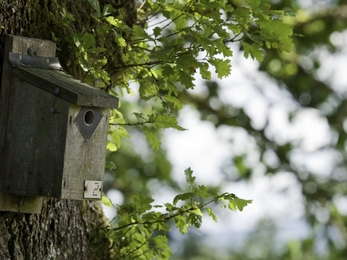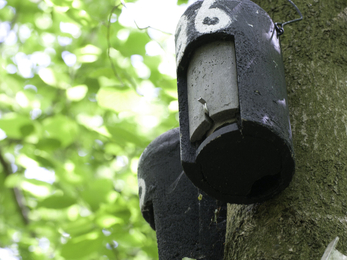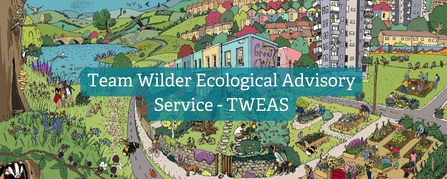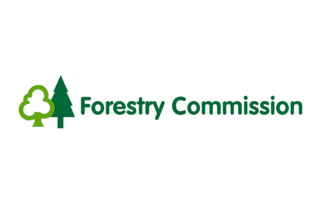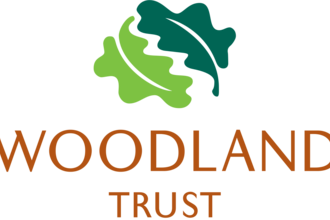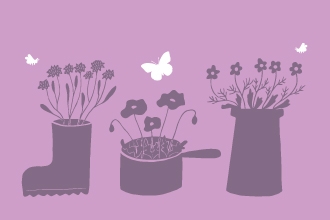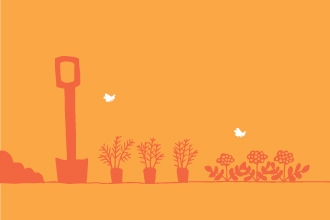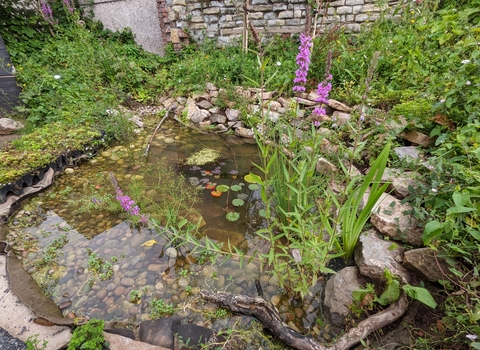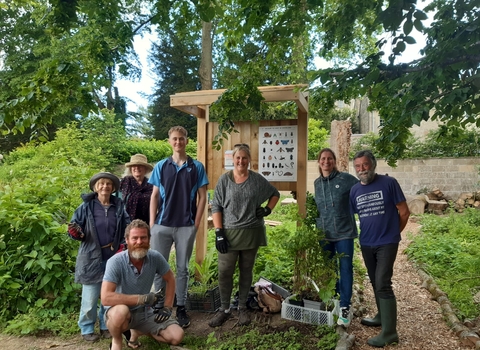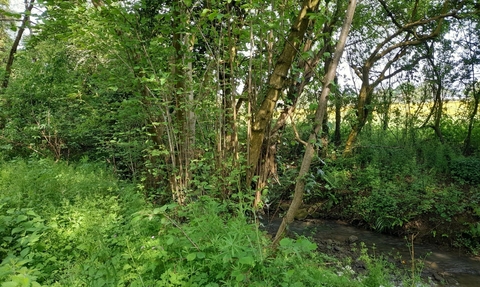
Esther Frizell-Armitage
Dymocks' Wood and Stream in BS30
Dymock`s Wood
Dymock`s Wood was planted with native deciduous hardwoods in 1982. It has been left virtually unmanaged apart from removing fallen trees that are dangerous or obstructive. An understorey is spontaneously developing of Hazel, holly, field maple and elder but is being overwhelmed by cow parsley. Barbara would like to know if any simple management would be helpful to increase the biodiversity. The entire size of the woodland is 1ha.
The woodland is next to a river, where there is ample opportunity to enhance the habitat for wildlife.
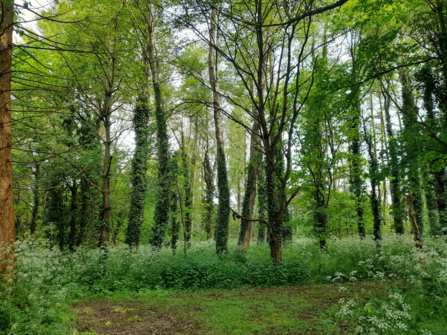
Esther Frizell-Armitage
Enhancing wildlife habitat in the woodland and watercourse
Esther, the Team Wilder Community Ecologist met with Barbara to give the following advice, to enhance wildlife habitat in the woodland and watercourse areas.
- Ways to enhance the woodland for wildlife.
- The different areas of the woodland and how conditions differ (e.g. amount of light reaching the understorey).
- Ways to enhance the watercourse.
- Permission needed to undertake selective thinning of the woodland.
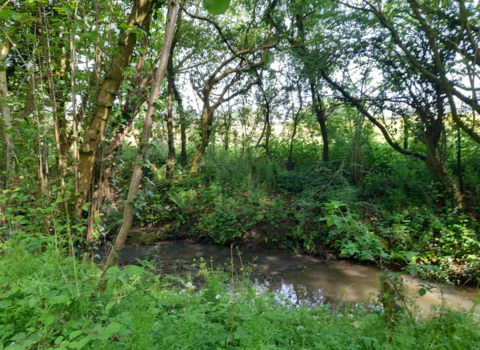
Esther Frizell-Armitage
Allowing more light to reach the water course
Trees are an important component of river corridors. They provide shade in the river, which helps to cool the water, and also offer food and shelter opportunities for wildlife too. However, it is important to regularly manage the trees alongside waterbodies as they can begin to shade out the waterbody. The over shading of the water can then stop plants from growing in the river as plants need access to light in order to grow. Plants then help to benefit the wider ecosystem through providing shelter and food as well as adding structural diversity to the habitat. Therefore, by thinning the woodland alongside the steam, the following benefits can be achieved:
- more light is allowed to reach the water
- help aquatic plants to establish and grow
- improve the water quality of the water
Woodland management: thinning the woodland
Currently, certain parts of the woodland are quite dense and shaded by the canopy. Cow parsley prefers shaded areas and so this might be the reason for it being abundant. I recommend that the woodland is thinned to allow more light to reach the understorey. The greater light will then allow other plants to grow and potentially reduce the abundance of cow parsley (please see the further information below where I have also recommended ways of managing cow parsley).
The woodland can also be thinned alongside the water course to allow more light to reach the water and therefore help aquatic plants to establish and grow. This will then improve the water quality of the water.
RESOURCE: The Forestry Commission, Tree Felling and Permissions
The document lists exceptions from the need for a felling license (pages 5-8 of the document). Please make sure you read this section carefully. If the thinning works are in line with the exceptions then there is no need to obtain a felling license.
The website below also includes a rough guide to calculating timber volumes and understanding the rough number of trees that would make up 5m3:
RESOURCE: Rough guide to calculating timber volumes (publishing.service.gov.uk)
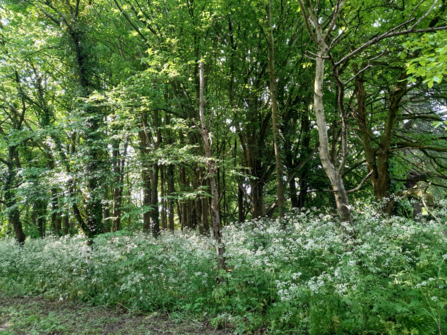
Esther Frizell-Armitage
Important ecological factors to be aware of before thinning
It was advised that an ecologist or an ecology contractor should be contacted to asses the trees and see whether there are any ecological features that will need retaining. This includes crevices that bats may use to roost in and also any bird nests. The ecologist would also be able to comment on the potential for ash dieback in the woodland.
The works will need to be undertaken outside of nesting birds season. Therefore I suggest that the thinning takes place from October-February.
The advice from the ecological contractor will help determine which trees to retain and which to fell. You can find an ecologist through this link below:
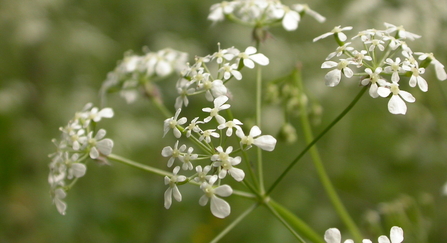
WildNet - Philip Precey
Managing cow parsley
The thinning of the woodland may help to reduce the cow parsley from dominating. In early spring next year (before the cow parsley flowers), the cow parsley can be cut. This will weaken the plant. Repeated cutting after this will provide some short-term control and will then allow other understorey plants to grow.
Bird and bat boxes
It was recommend to install bird and bat boxes on the trees. Bird boxes should go on the northern or eastern elevations and bat boxes should go on the southern or eastern elevations.
Resources
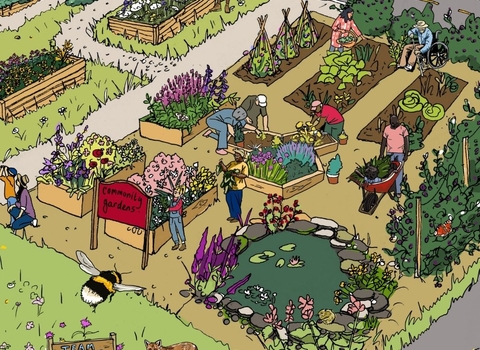
(C) Hannah Bunn
Be part of Team Wilder
All actions for nature collectively add up and creates life for people and wildlife.
Share your actions for nature, like Tom by sharing and tagging @avonwt on social media and
Log your actions for nature on the map

